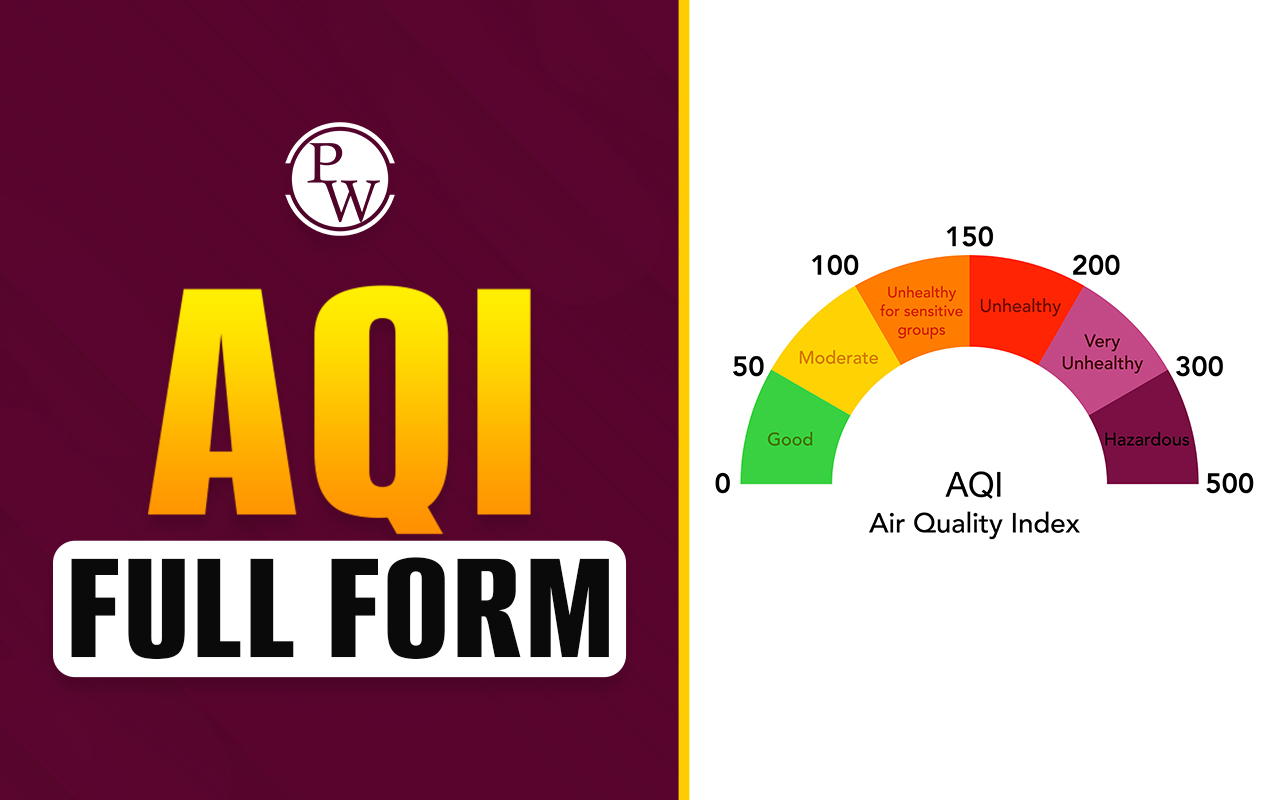

Soil organic matter (SOM) is the organic matter component of soil that consists of decomposed plant and animal waste, soil microbe cells and tissues, and compounds generated by soil microbes.
SOM improves the physical and chemical qualities of soil as well as its ability to deliver regulating ecosystem functions. SOM is particularly important for soil function and quality.
The benefits of SOM are the result of a number of complex, interactive, edaphic factors; a non-exhaustive list of these benefits to soil function includes improved soil structure, aggregation, water retention, soil biodiversity, pollutant absorption and retention, buffering capacity, and plant nutrient cycling and storage.
SOM improves soil fertility by providing cation exchange sites and serving as a reserve of plant nutrients, including nitrogen (N), phosphorus (P), and sulphur (S), as well as micronutrients, which are slowly released when SOM mineralizes. As a result, the quantity of SOM and soil fertility are strongly connected.
SOM is also a significant carbon sink and source in the soil (C). Despite the fact that the C content of SOM varies greatly, SOM is often estimated to contain 58% C, and the term "soil organic carbon".
(SOC) is frequently used as a synonym for SOM, with measured SOC content frequently functioning as a proxy for SOM.
Soil is one of the greatest carbon sinks on the planet, playing an important role in the global carbon cycle and, as a result, in climate change mitigation.
As a result, SOM/SOC dynamics and soils' ability to supply the ecosystem function of carbon sequestration through SOM management have recently gained a lot of attention.
For most upland soils, the concentration of SOM in soils varies from 1% to 6% of the total mass of topsoil.
Soils with higher layers containing less than 1% organic matter are generally found in deserts, whereas soils in low-lying, moist locations can contain up to 90% SOM. Organic soils are those that have a SOC content of 12% to 18%.
It is classified into three genera: live microbial biomass, fresh and partially degraded detritus, and humus. SOM usually excludes surface plant litter, i.e. fresh vegetative debris.
About SOM
Soil organic materials are the fraction of soil that contains roughly 5% live organisms, 10% crop residues, 33-50% decaying organic materials (the active fraction), and 33-50% stable organic materials (humus) by weight (USDA-NRCS, 2014).
The active portion of SOM quickly changes mass and structure as it decomposes, making it unstable in the soil and particularly vulnerable to management measures such as tillage, cover crops, and crop rotations (Carter, 2002).
The quick rotation of the active portion can help crops release nutrients. Humus, on the other hand, is organic material that has been transformed to a resistant condition of breakdown by microbes.
Sources of SOM
SOM is mostly obtained from plant debris. Different organisms degrade new debris into simpler chemicals in woods and prairies.
This comprises numerous steps, the first of which is largely mechanical and gradually becomes increasingly chemical as the degradation develops.
The SOM includes microbial decomposers, which form a food web of species that prey on one other and then become prey.
Other herbivores ingest new plant materials, the residue of which is then passed to the soil.
Secondary sources of SOM include the products of these species' metabolisms, as well as their corpses.
Some creatures, such as earthworms, ants, and centipedes, contribute to both vertical and horizontal organic matter transport.
Plant roots, exudates and charcoal are another source of SOM.
Composition of SOM
The water content of most vegetative debris ranges between 60% and 90%. The dry matter is made up of complex organic stuff that is mostly formed of carbon, oxygen, and hydrogen.
Although these three components account for approximately 92% of the dry weightage of organic matter in soil, additional elements necessary for plant nutrition include nitrogen, phosphorus, potassium, sulphur, calcium, magnesium, and several micronutrients.
Among the organic substances found in vegetative debris are:
- Carbohydrates made up of carbon, hydrogen, and oxygen that range in complexity from basic sugars to huge molecules like cellulose.
- Fats made up of glycerides of fatty acids such as butyric, stearic, and oleic. Carbon, oxygen, and hydrogen are also among them.
- Lignins, which are complex chemicals, make up the oldest sections of wood and are generally made of carbon, oxygen, and hydrogen. They are not easily decomposed.
- Proteins that include nitrogen as well as carbon, hydrogen, and oxygen, as well as trace quantities of sulphur, iron, and phosphorus.
- Charcoal is a kind of elemental carbon generated from the incomplete combustion of organic materials. It is impervious to decomposition.
Decomposition of SOM
Plants are unable to reach vegetal detritus because it is not soluble in water. Nonetheless, it is the basic material from which plant nutrients are derived.
Soil bacteria degrade it via enzymatic biochemical processes, extract the necessary energy from the same matter, and form mineral compounds that plant roots may absorb.
Mineralization is the process through which organic substances decompose particularly into minerals, i.e. inorganic, components.
A fraction of organic materials is not mineralized and instead degraded into stable organic matter that is called "humus".
Organic compounds decompose at highly diverse speeds depending on the type of the chemical. The order is as follows, from rapid to slow rates:
- Simple proteins, sugars, and carbohydrates
- Proteins
- Hemicelluloses
- Lignins and cellulose
- Fats
The reactions that occur can be classified into one of three types:
- Enzymatic oxidation results in the production of carbon dioxide, water, and heat. It has an impact on the bulk of the matter.
- Nitrogen, phosphorus, and sulphur are liberated and mineralized by a sequence of specialized processes.
- To make humus, chemicals that are resistant to microbial activity are produced by modifying the original compounds or by microbial synthesis of new ones.
Advantages of SOM
Increasing the amount of organic material in the soil improves its physical, chemical, and biological properties.
The following five functions outline the benefits of Solid Organic Matter. :
Biological Function
There are several advantages to using O.M., the majority of which begin with increasing biological variety and activity in the soil. Microbial activity tends to grow when O.M. rises.
Organic matter contains 58% carbon, which is essential for microbial activity when combined with other nutrients.
Microorganisms excrete chemicals that function as soil particle binders, increasing aggregate stability, water infiltration, and water holding capacity.
Supply of Nutrients
Organic matter is an important source of nutrients for plants and living beings. Greater amounts of nutrients are cycled from organic to inorganic and plant accessible forms as microorganisms increase their activity during warmer temperatures, which happens primarily in the spring and summer.
Annually, roughly 10-20 lbs. of nitrogen, 1-2 lbs. of phosphorus, and 0.4-0.8 lbs. of sulphur are released per acre for every % of O.M. in the top 6-inches of a medium-textured soil (silt and loam soils) (USDA-NRCS, 2014).
Furthermore, O.M. particles have negative charge sites (i.e., cation exchange capacity [CEC]) that attract and retain positively charged ions including calcium, potassium, magnesium, and ammonium-nitrogen.
Structure of the Soil
Organic matter binds soil particles and forms stable soil aggregates, improving soil structure.
Water penetration through the soil boosts and improves the soil's capacity to absorb and store water, as well as minimises the risk for surface crusting.
Capacity for Holding Water
Higher O.M. soils may penetrate and hold water more effectively. Organic matter functions similarly to a sponge, absorbing and holding up to 90% of its weight in water.
One significant advantage of O.M.'s water-holding capacity is that it will discharge the majority of the water that it absorbs.
Increasing O.M. one percent in topsoil reduces bulk density and improves accessible water capacity by around 0.2-0.3 inches, which can be particularly beneficial in helping plants manage water during periods of moisture shortage.
Control of Erosion
Greater aggregate stability is frequently the consequence of higher O.M. soils, which can boost water penetration rates and limit the propensity for water, soil, and nutrients to erode.
According to the data used in the universal soil loss equation, raising soil O.M. from 1 to 3% can minimize erosion by 20 to 33% due to enhanced water penetration and stable soil aggregate development.
Management Techniques for Increasing Soil Organic Matter
Several factors, including climate, soil type, crop cultivated, and particular management strategies, can all impact the quantity of soil O.M. regionally or in specific fields.
Hence, when implementing practises to increase soil O.M., local circumstances should be utilised as benchmarks for comparison.
Soils with higher O.M., such as those established in grasslands, cycled residues back to the soil more often, whereas forest soils with lower O.M. took longer to cycle the woody debris back to the soil.
Building soil O.M. is a time-consuming process that needs the addition of significant plant biomass as well as prevention from loss over time.
Three management techniques for building and maintaining SOM.
- Reduce tillage or go no-till: this delays soil organic residue breakdown and protects the soil from erosion.
- Increase agricultural residues by planting cover crops, organic matter (e.g., residues, manure), or a high biomass/yielding crop rotation. Crop residues protect the soil surface from raindrop impact and erosion while also returning carbon to the soil.
- Soil testing and enhanced crop nutrition: detect and address yield-limiting conditions in order to stimulate increased development of crops that can be returned to the soil.
Including crop leftovers that aid in the formation or maintenance of O.M, as well as other potentially limiting critical crop nutrients, can result in more productive and sustainable cropping systems.
[wp-faq-schema title=" Full Form of SOM FAQs" accordion=1]
Which organic matter is better for soil?
What are the advantages of soil organic matter?
What are the characteristics of soil organic matter?












